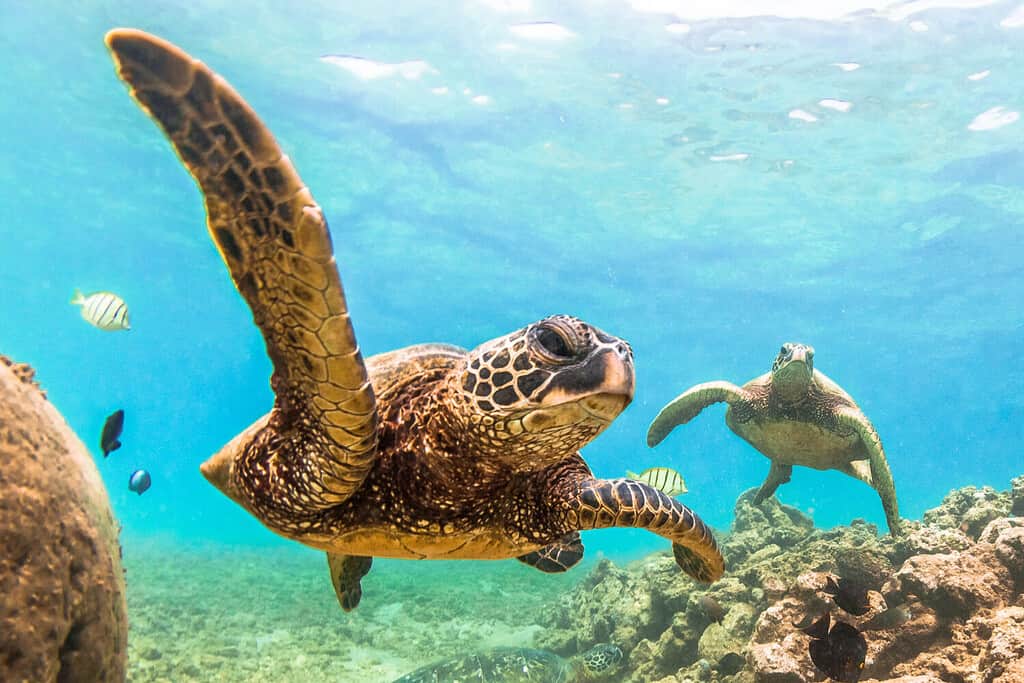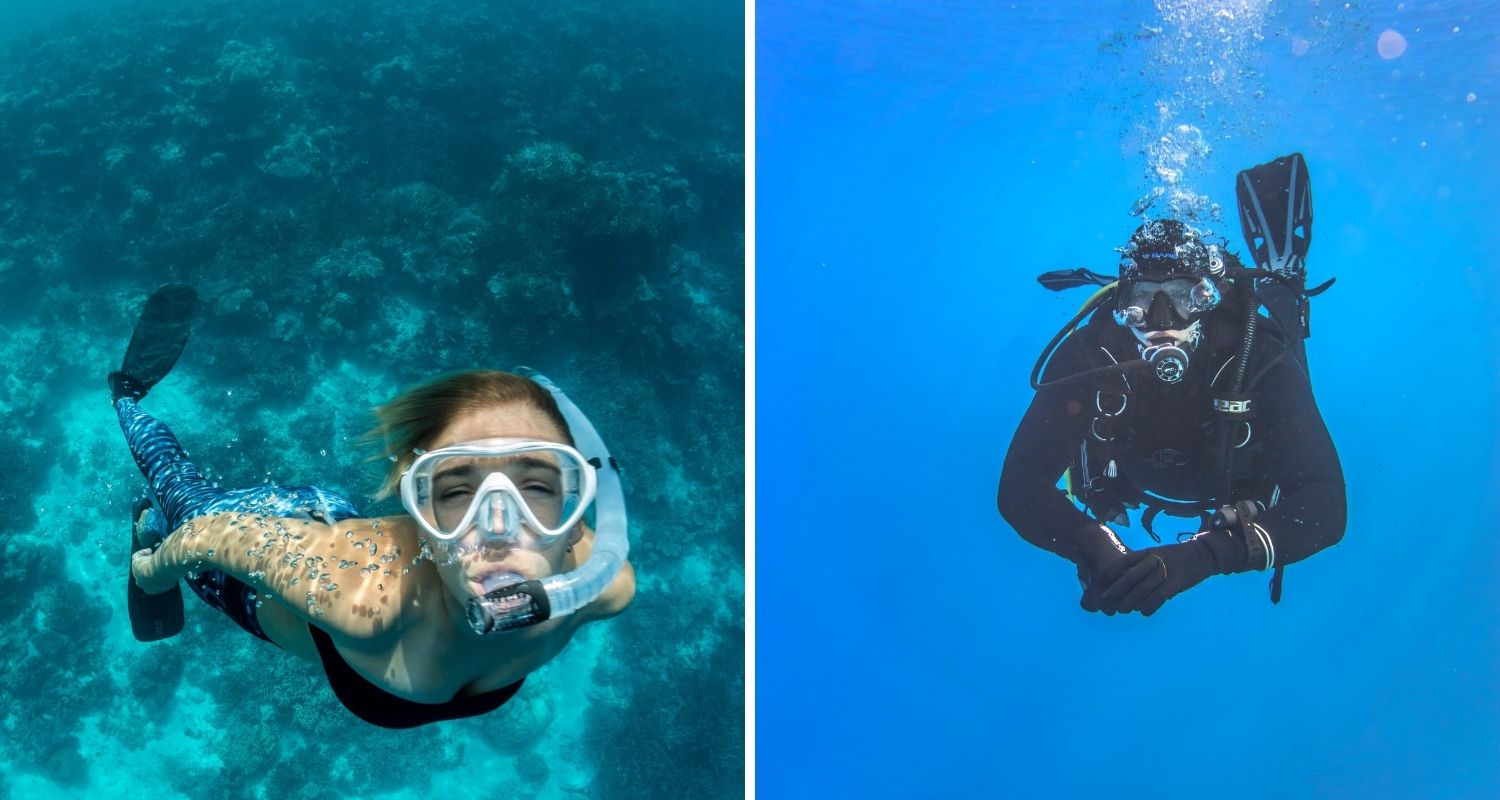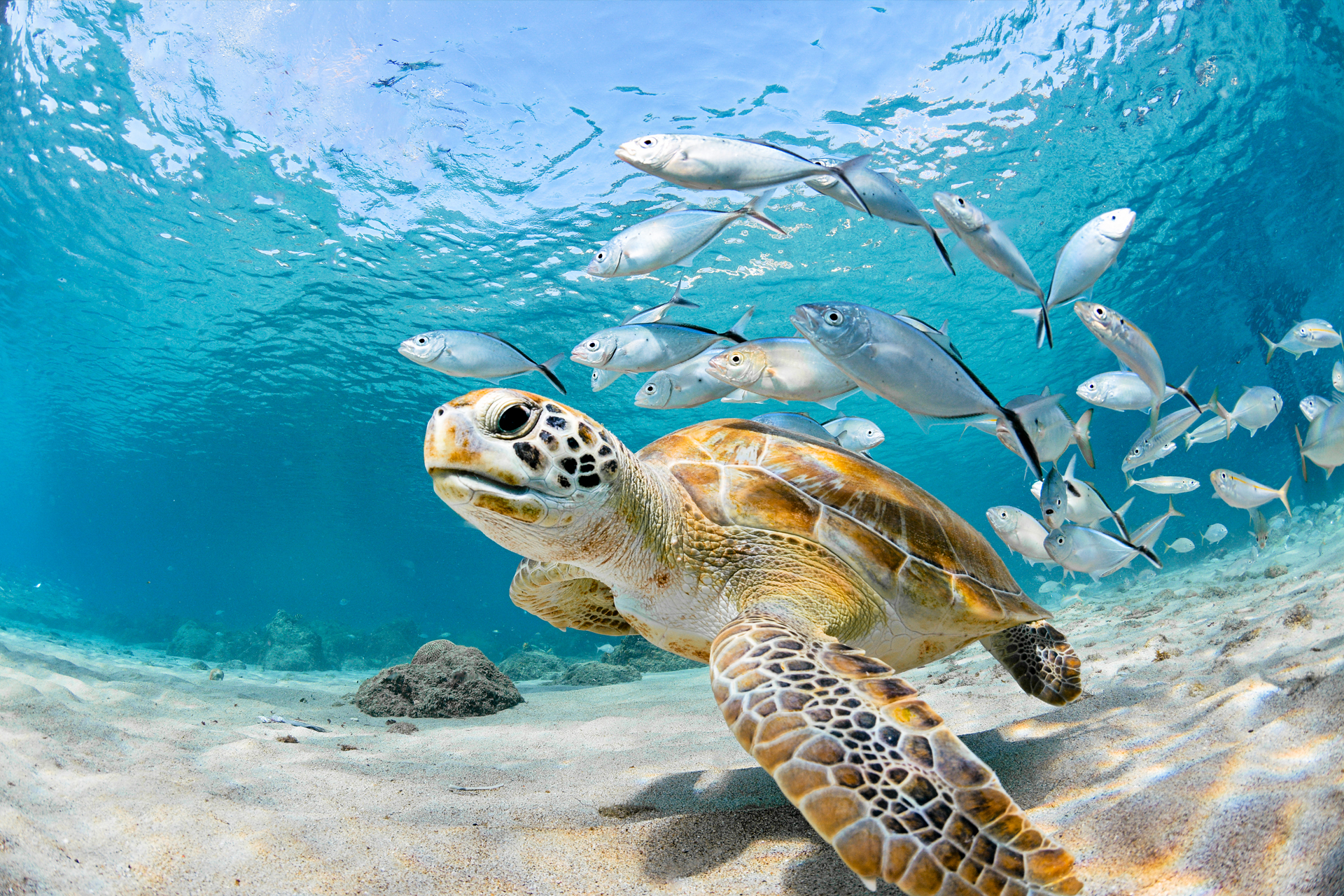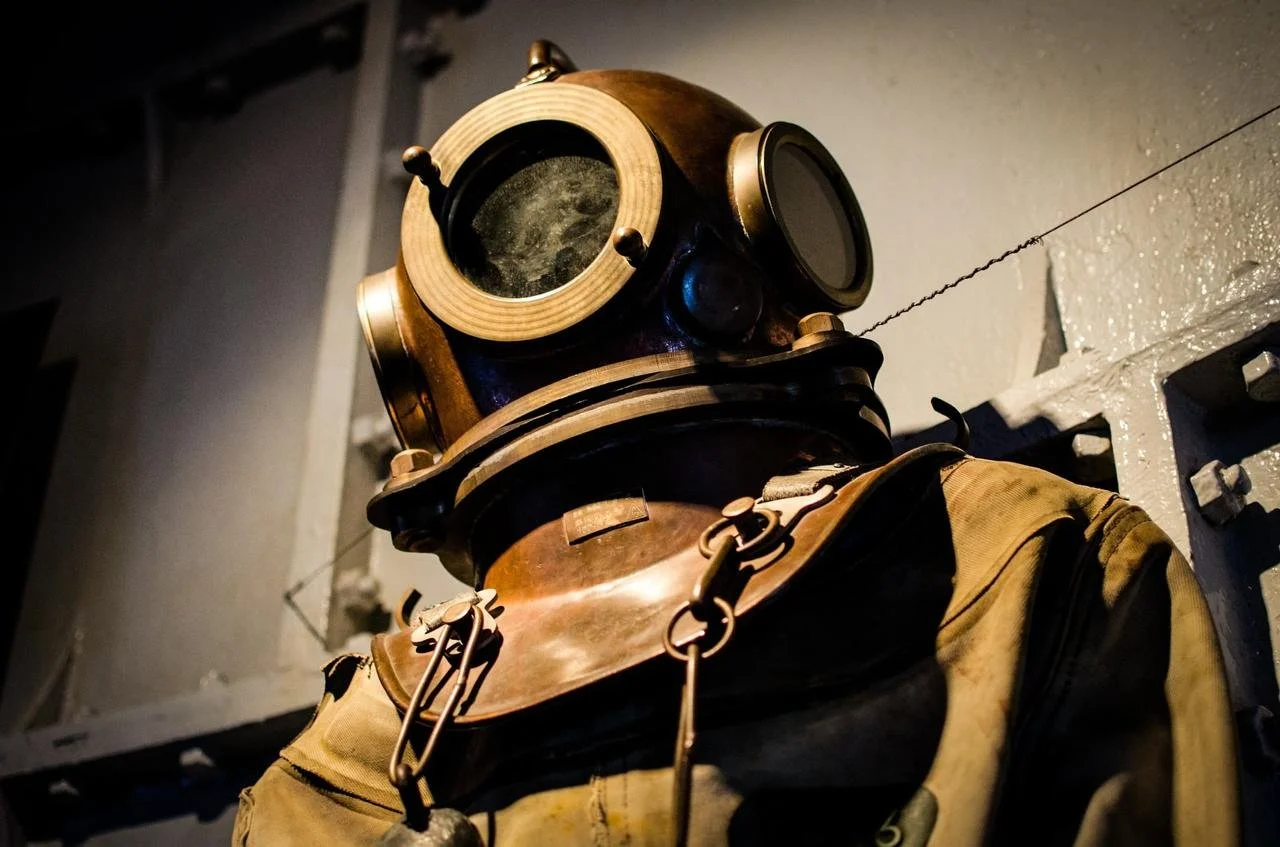Turtles are among the most fascinating creatures in the animal kingdom. With their slow, graceful movements and ancient lineage, they’ve captured the imagination of divers, adventurers, and wildlife enthusiasts for centuries. One of the most intriguing questions people ask is: how long can a turtle hold their breath?
- The Science Behind a Turtle’s Breathing
- Table of Contents
- Fact #1 – The Longest a Turtle Can Hold Its Breath
- Fact #2 – How Long Can Sea Turtles Hold Their Breath?
- Fact #3 – How Long Can Freshwater Turtles Hold Their Breath?
- Fact #4 – Do Turtles Sleep Underwater?
- Fact #5 – Snapping Turtles and Their Survival Tactics
- Fact #6 – Sea Turtles vs. Other Animals: Who Holds Breath the Longest?
- Fact #7 – Snorkeling and Diving with Turtles
- Why Do Turtles Hold Their Breath for So Long?
- Factors That Influence How Long Turtles Can Hold Their Breath
- FAQs – People Also Ask About how long can a turtle hold their breath
- Final Thoughts – Turtles, Breath-Holding, and Adventure
The answer might surprise you. Depending on the species, turtles can hold their breath for minutes, hours, and sometimes even months under special conditions. This incredible adaptation allows them to thrive in oceans, rivers, and wetlands across the world.
In this guide, we’ll uncover 7 fascinating facts about turtles and their breath-holding abilities—from sea turtles that rest underwater for hours to snapping turtles with unique survival skills. Whether you’re a snorkeler, diver, or simply curious, this deep dive will give you a new appreciation for these remarkable reptiles.
The Science Behind a Turtle’s Breathing
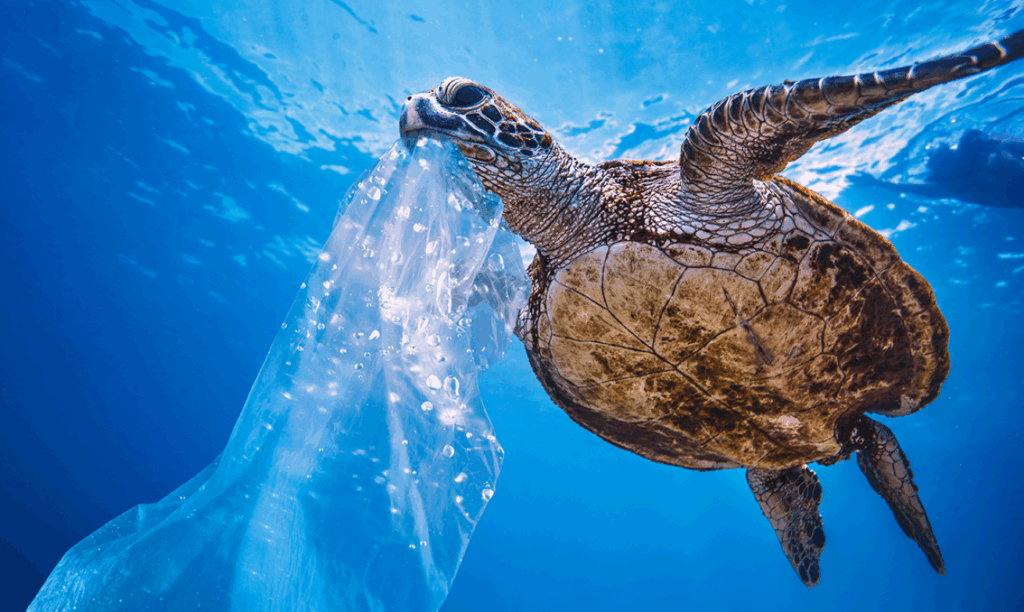
Table of Contents
Unlike fish, turtles do not have gills. They are reptiles, which means they breathe air through lungs just like humans. However, their anatomy and metabolism allow them to survive underwater far longer than most air-breathing creatures.
- Nostrils & lungs: Turtles breathe air through their nostrils and mouth, storing oxygen in their lungs.
- Slow metabolism: Turtles can slow their heart rate and reduce oxygen consumption, extending their dive times.
- Species differences: Sea turtles, freshwater turtles, and snapping turtles all have different breath-holding limits depending on their environment.
This is why you’ll often see turtles surfacing occasionally to take a quick breath before returning underwater.
Fact #1 – The Longest a Turtle Can Hold Its Breath
So, what is the longest a turtle can hold its breath?
The world record goes to sea turtles. While swimming actively, sea turtles usually stay underwater for 4–7 minutes before surfacing. However, when resting or sleeping, some species can remain submerged for 4–7 hours without coming up for air.
Under extreme survival conditions, freshwater turtles like painted turtles can survive for months underwater in winter by slowing down their metabolism and absorbing oxygen through their skin.
👉 Quick Answer for Featured Snippet: Most turtles can hold their breath for 30 minutes to several hours, but sea turtles have been recorded staying underwater for up to 7 hours while resting.
Fact #2 – How Long Can Sea Turtles Hold Their Breath?
Sea turtles are built for life in the ocean. Their lungs are large and efficient, allowing rapid oxygen exchange.
- Active swimming: 4–7 minutes underwater.
- Resting: 2–4 hours.
- Extreme cases: Loggerhead and green sea turtles have been documented holding their breath for up to 7 hours while inactive.
This ability is crucial for long migrations, resting on the ocean floor, and avoiding predators.
Fact #3 – How Long Can Freshwater Turtles Hold Their Breath?
Freshwater turtles like painted turtles, sliders, and red-eared terrapins have slightly different adaptations.
- They usually stay underwater for 20–40 minutes while active.
- When resting or sleeping, they can hold their breath for several hours.
- In cold winter months, some freshwater turtles enter a state called brumation (similar to hibernation). During this time, they rely on oxygen absorption through their skin and cloaca (a process called cloacal respiration). This allows them to survive for months underwater without surfacing.
Fact #4 – Do Turtles Sleep Underwater?
Yes, many turtles do!
Sea turtles, in particular, are known to sleep in rock crevices or under coral reefs, remaining motionless for hours. Freshwater turtles may bury themselves in mud or rest at the bottom of ponds.
On average, turtles can sleep underwater for 4–7 hours depending on the species and water temperature.
👉 Quick Answer for Featured Snippet: Turtles can sleep underwater for several hours, sometimes up to 7 hours, by slowing their heart rate and conserving oxygen
Fact #5 – Snapping Turtles and Their Survival Tactics
Snapping turtles are hardy freshwater reptiles known for their toughness.
- While active, they can hold their breath for about 20–30 minutes.
- In cold water, they can survive much longer, sometimes several hours.
- During winter brumation, snapping turtles bury themselves in mud and absorb oxygen through their skin and cloaca, allowing them to remain underwater for weeks or months.
Fact #6 – Sea Turtles vs. Other Animals: Who Holds Breath the Longest?
You may wonder: what animal can hold breath the longest?
Here’s a quick comparison:
| Animal | Average Breath-Holding Time | Maximum Recorded Time |
|---|---|---|
| Sea Turtle | 4–7 minutes (active) | 7 hours (resting) |
| Dolphin | 8–10 minutes | 15 minutes |
| Sperm Whale | 60–90 minutes | Over 2 hours |
| Elephant Seal | 30 minutes | 2 hours |
| Painted Turtle | 20–40 minutes (active) | Months (hibernation) |
👉 While whales and seals win the record, turtles are unique because of their ability to adapt breath-holding strategies based on activity and temperature.
Fact #7 – Snorkeling and Diving with Turtles
For snorkelers and divers, encountering a turtle underwater is magical. But many ask: is it safe to snorkel with turtles?
Yes, it is safe—as long as you follow marine conservation rules.
- Keep a respectful distance (at least 6–10 feet).
- Never chase or touch turtles.
- Avoid blocking their path to the surface when they need to breathe.
- Follow local snorkeling and diving guidelines to protect marine life.
By practicing eco-friendly diving, adventurers can enjoy turtles without disturbing their natural behavior.
Why Do Turtles Hold Their Breath for So Long?
The ability to hold their breath is not just a cool trick—it’s a survival necessity.
- Resting and conserving energy: Slower metabolism lets them stay underwater longer.
- Avoiding predators: Staying still and hidden reduces detection.
- Migration and feeding: Sea turtles need long dives while searching for food across oceans.
- Cold-water adaptation: Freshwater turtles survive harsh winters by slowing body functions.
Factors That Influence How Long Turtles Can Hold Their Breath
Several factors determine how long a turtle can stay submerged:
- Species: Sea turtles vs. freshwater turtles vs. snapping turtles.
- Temperature: Cold water slows metabolism, extending dive times.
- Activity level: Active turtles need to surface more often.
- Age and health: Younger turtles may need more frequent breaths.
- Stress levels: Threatened turtles use more oxygen quickly.
FAQs – People Also Ask About how long can a turtle hold their breath
1. What is the longest a turtle can hold its breath?
Some sea turtles can hold their breath for up to 7 hours while resting, while freshwater turtles in hibernation can go months without breathing air.
2. How long can turtles sleep underwater?
Turtles can sleep underwater for 4–7 hours depending on water temperature and species.
3. Can turtles drown?
Yes. If turtles cannot reach the surface in time, they may drown. This can happen if they are trapped in nets or held underwater too long.
4. Do turtles breathe air or water?
Turtles are reptiles, so they breathe air through lungs. However, some freshwater turtles absorb small amounts of oxygen through their skin and cloaca underwater.
5. How long can a sea turtle stay underwater without breathing?
Sea turtles can stay underwater for 2–7 hours depending on activity.
6. Is it safe to swim or snorkel with turtles?
Yes, it is safe if you follow guidelines: don’t touch, chase, or block turtles. Respectful snorkeling ensures both you and the turtle stay safe.
Final Thoughts – Turtles, Breath-Holding, and Adventure
So, how long can a turtle hold their breath? The answer depends on the species, water temperature, and activity level. From sea turtles that can rest underwater for hours to freshwater turtles surviving entire winters, these reptiles are masters of breath control.
For adventurers, snorkelers, and divers, this knowledge deepens respect for turtles’ survival skills and their role in marine ecosystems.
If you’re planning your next underwater adventure, remember to respect these ancient creatures—and discover more amazing marine life insights on Scoobadive.
